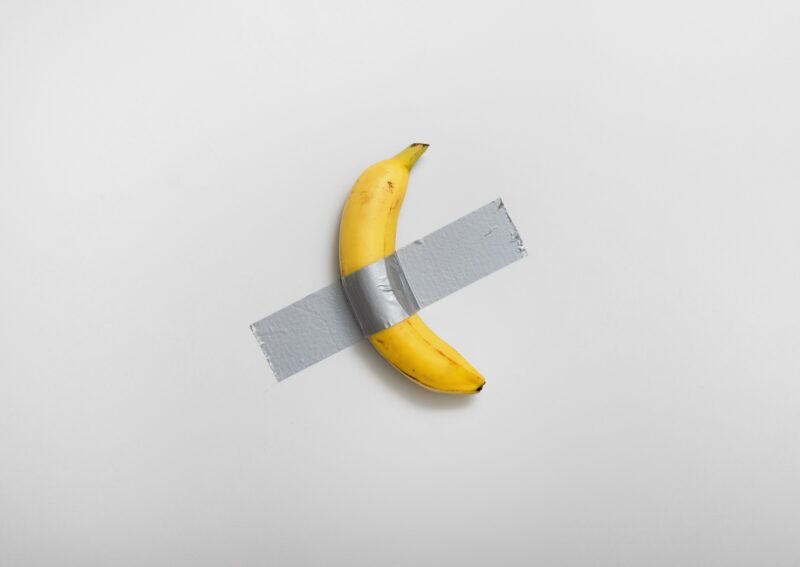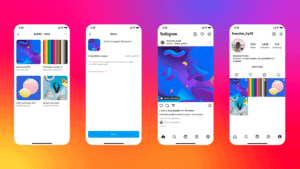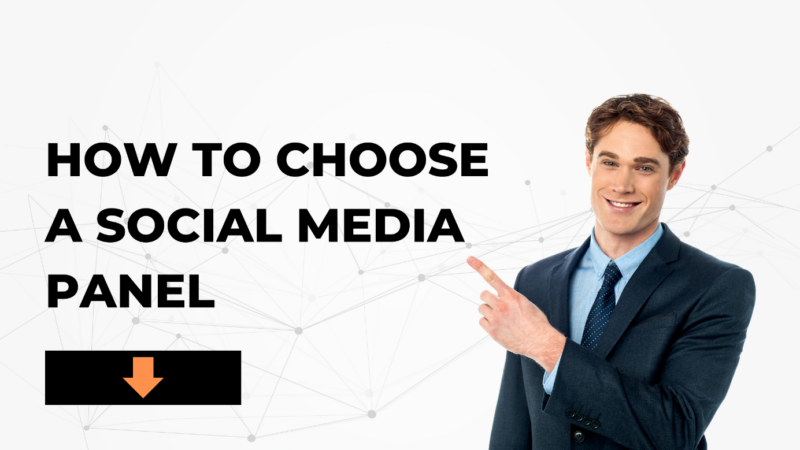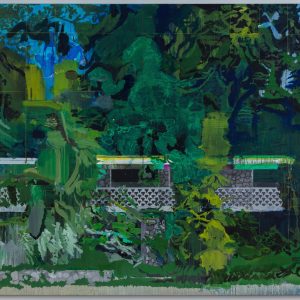
Social media changed how artists share their work. It’s no longer about galleries or word-of-mouth. Now, an algorithm decides who sees what. One day, an artist’s post gets thousands of likes. The next, it barely reaches their own followers. Why? Because platforms prioritize engagement, trends, and whatever keeps users scrolling. Artists aren’t just competing with other creatives. They’re up against influencers, viral challenges, and trending memes. Understanding how algorithms work is the difference between being seen and being invisible.
This article breaks down the challenges artists face, what works, and how they can stay visible.
How Social Media Algorithms Work
Algorithms control what people see. They decide which posts appear first, which ones disappear, and which ones go viral. Every platform has its own system, but they all reward engagement. More likes, shares, comments, and watch time mean more visibility. Instagram moved from a chronological feed to an engagement-based one. A painting that once reached an artist’s entire following now gets buried unless people interact with it. TikTok’s “For You” page works differently. It pushes new content based on user behavior. A short video of a painting in progress can reach thousands overnight, even without followers.
YouTube runs on a recommendation system. Watch one art tutorial, and suddenly, the algorithm suggests dozens more. Artists who only post finished pieces struggle. Static images don’t perform as well as videos. Platforms want movement, interaction, and content that keeps people engaged.
Posting frequency also matters. Inconsistent posting leads to lower reach. Social media rewards those who stay active. Hashtags and captions play a role too. An artwork labeled with the right keywords has a better chance of getting discovered.
But algorithms change constantly. What works one month might be useless the next. Artists need to keep testing new strategies to stay ahead.
The Challenges Artists Face Due to Algorithms
Social media can feel like a double-edged sword. It offers exposure but also limits who actually sees the work.
Organic reach keeps shrinking.
Platforms push paid promotions, making it harder for artists to grow without spending money.
Some artists feel like their content disappears for no reason. Shadowbanning is a common concern. Certain hashtags, themes, or even styles of work get flagged without warning.
A photographer posting artistic nudes might find their content hidden, even if it follows platform guidelines. AI moderation isn’t perfect, and sometimes, it mislabels artwork as inappropriate.
Engagement pressure adds another layer of difficulty. Artists feel forced to create content that fits what the algorithm wants.
More reels, more trending sounds, more behind-the-scenes footage. But constantly adapting can be exhausting. Many artists would rather focus on their work than chase trends.
Then there’s competition. Algorithms don’t care if someone is an emerging artist or a big-name creator.
They prioritize content that keeps users engaged.
This means an artist’s carefully crafted painting might get less reach than a random sketch that sparks conversation.
Strategies for Artists to Improve Their Visibility
Since social media favors engagement, artists need to play along—without losing their creative identity.
The easiest way to boost visibility is by using video. Platforms like Instagram and TikTok push reels harder than static posts.
A time-lapse of a painting or a behind-the-scenes clip of the creative process works better than a single photo. Adding music or voiceovers makes the content even stronger.
Posting schedules matter too. Algorithms reward consistency. Artists who post regularly—whether it’s daily or weekly—tend to see better reach.
Batch-creating content can help maintain a steady flow without feeling overwhelmed.
Hashtags are still useful, but they need to be relevant. Instead of stuffing posts with random tags, artists should research what’s actually trending in their niche.
Captions also help. Writing a short story about an artwork, asking a question, or encouraging followers to share their thoughts boosts interaction.
Engagement isn’t just about posting. Interacting with followers helps, too. Replying to comments, sharing process updates, and even commenting on other artists’ work increases visibility.
Social media platforms notice when users actively participate and reward them with more exposure.
Collaboration is another smart move. Partnering with other creators—whether through duets, joint live sessions, or shared projects—can introduce artwork to a broader audience.
Amplify your TikTok content by participating in art challenges or responding to viral trends while keeping true to a personal style.
Paid promotions aren’t always necessary, but they can help. Boosting a post with strong engagement ensures it reaches more people.
Even a small budget can make a difference if used strategically.
Testing different audiences and adjusting based on performance data prevents wasted spending.
The Future of Social Media and Art Visibility
Algorithms aren’t static. They evolve, and so do the ways artists reach audiences. AI and machine learning are shaping content discovery in new ways.
Instead of just engagement, platforms might soon prioritize personalized content even more.
This could mean better opportunities for niche artists but also more unpredictability.
Alternative platforms are gaining traction. Some artists are moving away from mainstream social media to build communities elsewhere.
Discord servers, email newsletters, and private membership sites like Patreon provide a more direct way to connect with supporters. Instead of relying on algorithms, artists can take control of their audience.
NFTs also shifted the landscape. Blockchain-based art marketplaces offer a new kind of exposure.
While not for everyone, they show how digital art distribution is changing. The next wave of social platforms might focus more on creator-owned content rather than algorithm-driven feeds.
Social media isn’t going anywhere, but artists need to stay flexible. Those who adapt without losing their creative identity will always find ways to stay visible.
Whether through short-form videos, strategic posting, or alternative platforms, the key is to keep experimenting.
Algorithms might decide what appears on a feed, but artists still have the power to shape how their work is shared.







